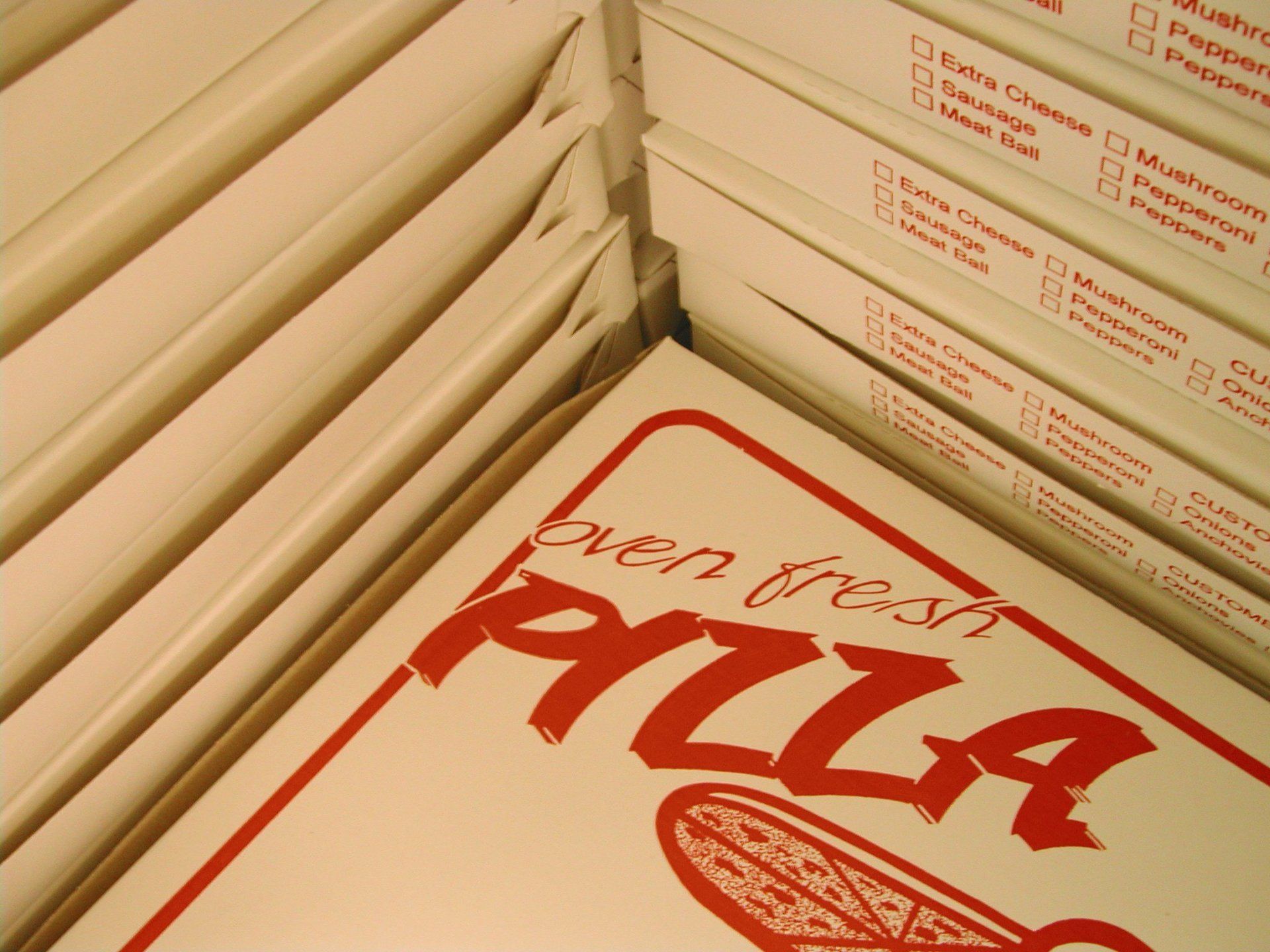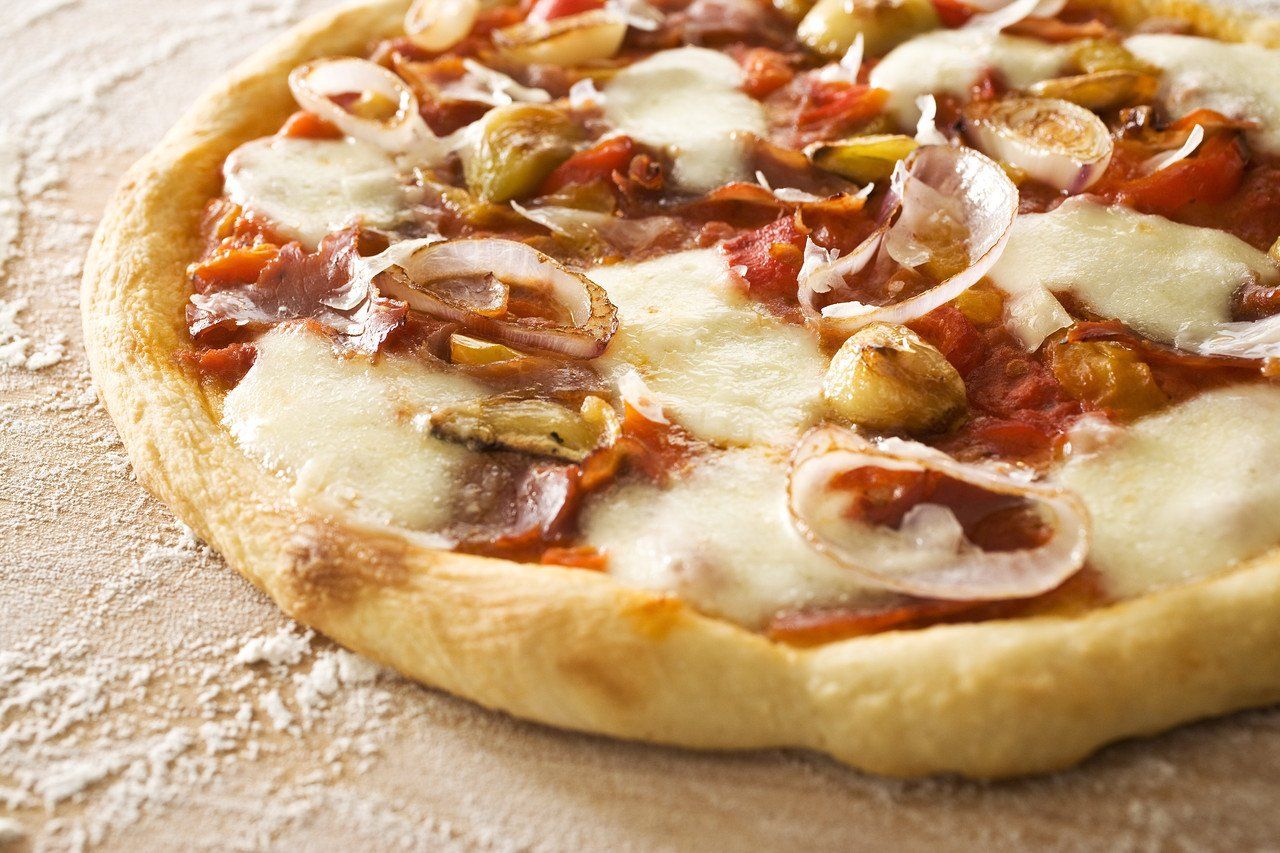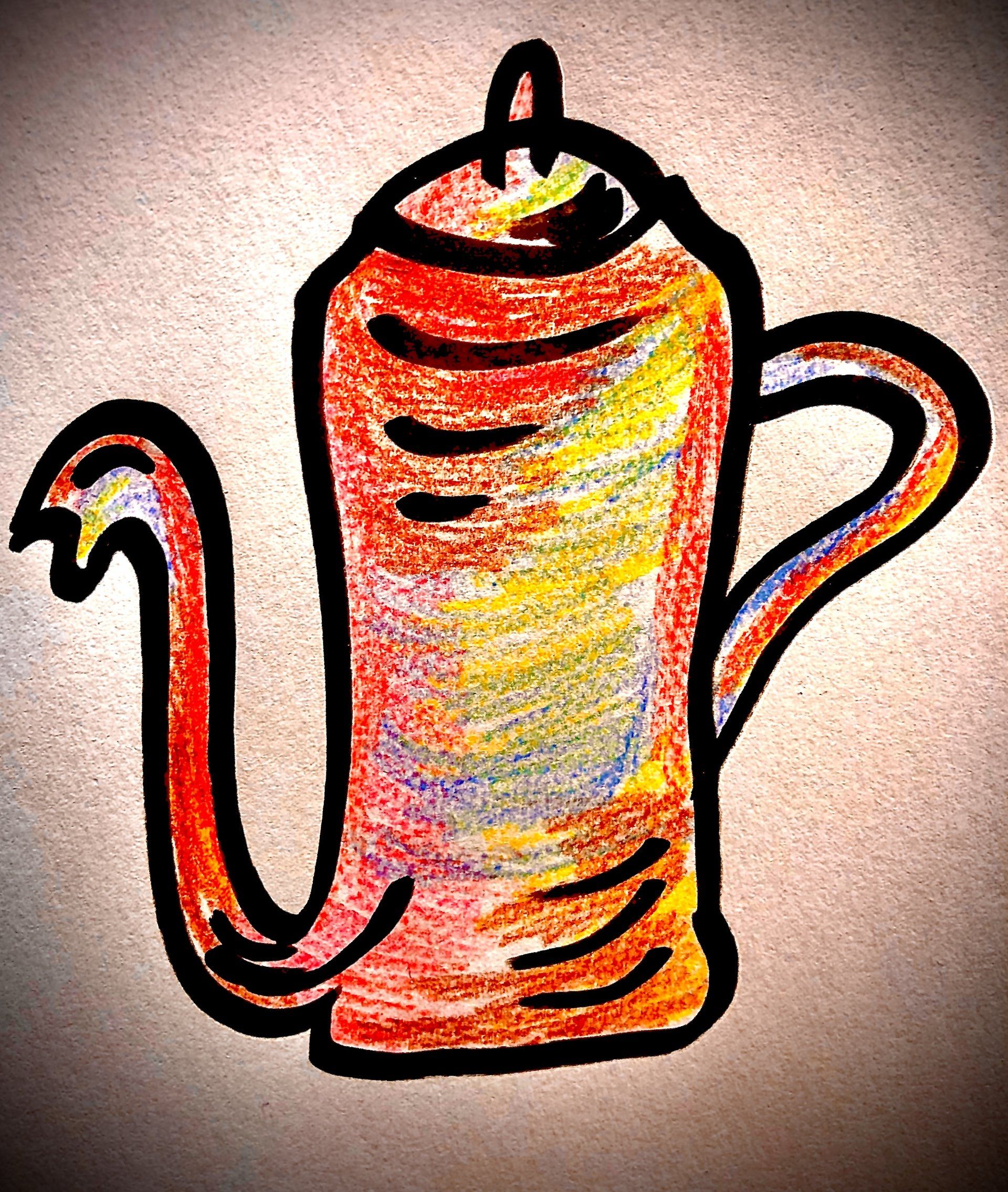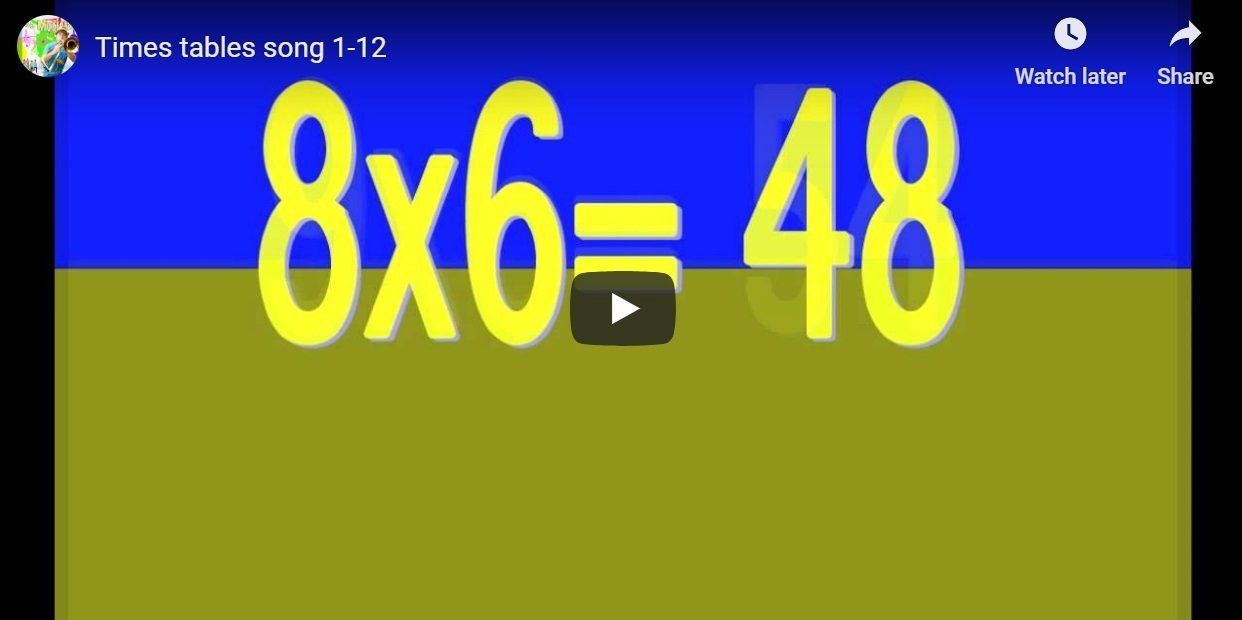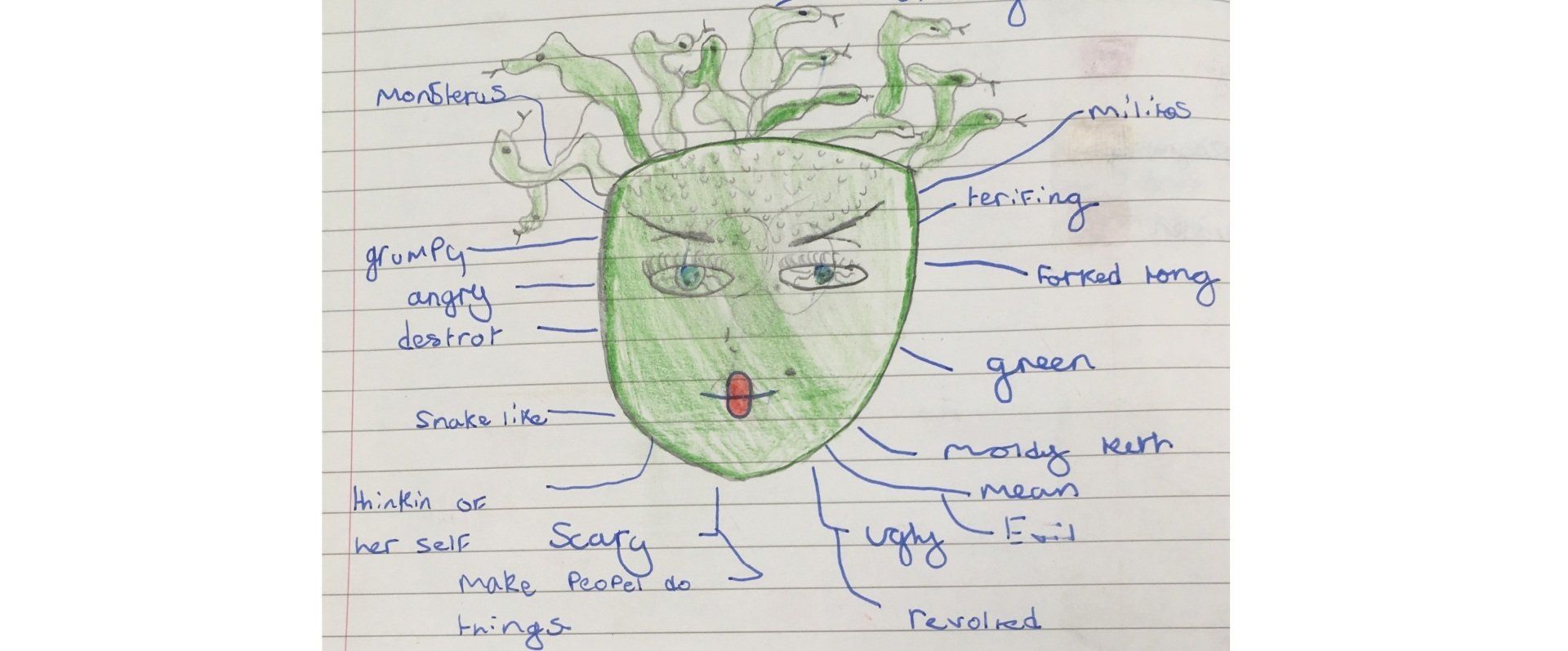Physiotherapy in the PMLD classroom
- by James Lewis
- •
- 20 Nov, 2017
Weight bearing and improving muscle tone

We adopt a variety of physiotherapy techniques Van den Broeck et al (2010) within the school week as a consequence of this. Within the class cohort engaging in physiotherapy two children have normal tone, two children have very low tone and the three others have high toned muscles. The low and high toned children undergo a variety of physiotherapy exercises throughout the day as advocated by Psychouli (2010). The children with low tone benefit from using their standing frames to weight bear Salem et al (2010) for half an hour every day. The high toned children benefit from using standing frames with their legs in splints to stretch their tight calf muscles Psychouli (2010). The splints enable the massaged muscles to be stretched and held, thus enabling the child’s muscle tone to be less tight in regards to their CP or RTT De-Roode (2010). Over time it is held in regard by the physiotherapy team that the muscles will lengthen- giving the child more mobility and enabling a less contorted posture. Weight bearing through the legs is a very important physical attribute, for children who can not do this enabled through strapping to individualised standing frames Chad (1999).
The theory is that weight bearing improves muscle tone for those with poor muscle tone. The use of botox injections as part of the hospital therapy for the children with high muscle tone leads to benefits De-Roode (2010). A marginal relaxing of the over tightened muscle in the legs, given good splint application and strapping into appropriate postures Schiller (2009). This allows straightening of the spine and a whole range of benefits in regards to posture and function of internal organs and good circulation. The use of splints enables children to weight bear on a more appropriate surface such as the bottom of their feet rather than on tip-toes Seyler (2008). In addition, standing frames at a variety of angles for different children, give the opportunity for differentiated weight bearing standing activities. The body is designed to stand upright; we have found that when this happens there is a consequential positive benefit for internal digestion, children feeling more alert and active Chad (1999). Standing also prevents the accumulation of pressure sores on the body from sitting in awkward positions. The children with RTT particularly benefit from weight bearing standing to increase or at least maintain current muscle usage in an attempt to reduce the inevitable physical deteriation as a consequence of this condition Schiller (2009).
In class each child with RTT or CP has a unique physio programme described in their IEP (Individual Education Plan). Weekly hydrotherapy sessions allow the children with high muscle tone to engage with flexibility exercises to loosen these specific muscles. One of my children with CP has a curvature of the spine which follows down to her hips – putting her legs out of alignment, these exercises although anecdotally have made a difference to maintain and increase her ability to rotate voluntarily. It is interesting that this particular child with CP developmentally is still at an infant level and unable to isolate her movements Schneiberg (2010). A neuro-typical infant moves all of their body parts when they want to move their head or move a limb to reach for something; my pupil also is unable to isolate her limbs. During some lessons where a level of motor co-ordination is required we are able to isolate her body for her except for one or another of her arms; this we have found is helpful for her to concentrate on the remaining limb of which she is then able to exert some voluntary movement.



